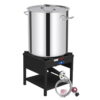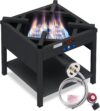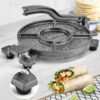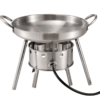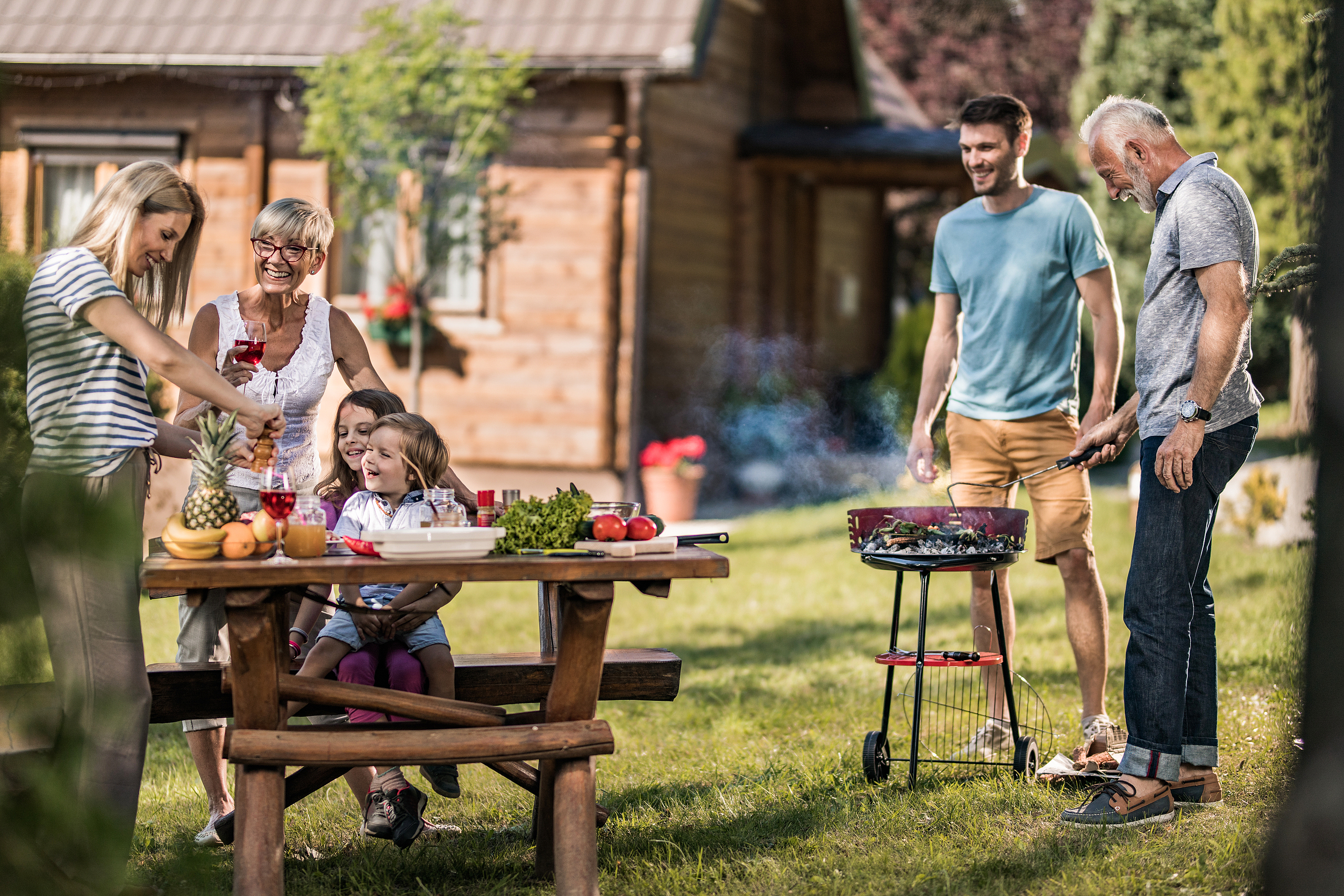A cast iron stove is more than just a cooking tool—it’s an investment that can last for generations with the proper care. Whether you use it for cooking or heating, maintaining your cast iron stove is crucial to keeping it in top shape and avoiding costly repairs. Here’s a comprehensive guide to help you extend the useful life of your cast iron stove and save on potential repair costs.

Regular Cleaning is Key
Cast iron stoves can accumulate soot, grease, and ash, which can affect their efficiency. Regular cleaning helps to maintain airflow and prevent rust. Here’s how you can clean your stove effectively.
- After each use, let the stove cool completely before cleaning. Avoid alternating hot and cold temperatures to damage the stove.
- Remove the ash from the firebox with a metal scoop or brush.
- Wipe the stove’s exterior with a damp cloth. For tough spots, use a mild soap and water solution to apply, and after a while, scrub it clean with a non-abrasive sponge.
- Do not use steel wool, strong detergents or chlorine bleach, which can wear or corrode the stove surface.
Season the Cast Iron Surface
Just like a cast-iron skillet, your stove needs seasoning. This is very important for stoves that are used in wet environments, like outdoor propane burners. Seasoning helps to create a protective layer on the surface, preventing rust and maintaining the stove’s performance.

- After cleaning, be sure to wipe the stove thoroughly dry, including the stove surface, stove rack and bottom.
- Avoid soaking the cast iron pot in water for a long time to prevent rust.
- Apply a thin layer of vegetable oil or beeswax to the stove’s surface. Heat the stove to a moderate temperature, allowing the oil to set into the cast iron. Buff off excess oil with a clean cloth to avoid a sticky residue.
- If you spot rust, clean it with steel wool and re-season the surface to protect it.
Tighten Loose Bolts and Joints
Over time, bolts and joints on your cast iron stove can loosen due to heat expansion. Inspect these components regularly and tighten any loose bolts to ensure your stove remains secure and functional.
Check the Valve
The valve is an essential component for controlling the airflow and heat output of your cast iron stove. Over time, it can become clogged, stiff, or even malfunction.
- Regularly check the valve for any obstructions or signs of damage.
- Lubricate the valve mechanism with a suitable lubricant to ensure smooth operation.
- Inspect the valve seal for any wear or cracks, as a faulty seal can result in heat loss and reduced efficiency.
Store Properly During Off-Season
If you’re not using your cast iron stove during the warmer months, it’s important to store it properly to prevent rust and wear.
- Cover the stove with a breathable cloth to protect it from dust and moisture.
- Avoid using plastic covers, as they trap moisture and can lead to rust buildup.
Conclusion
Maintaining your cast iron stove is a simple and effective way to ensure it serves you well for many years. Regular cleaning, proper seasoning, and routine inspections can prevent expensive repairs and extend the life of your stove. By following these tips above, the service life of the cast iron single-head furnace can be effectively extended and its good performance can be maintained.

